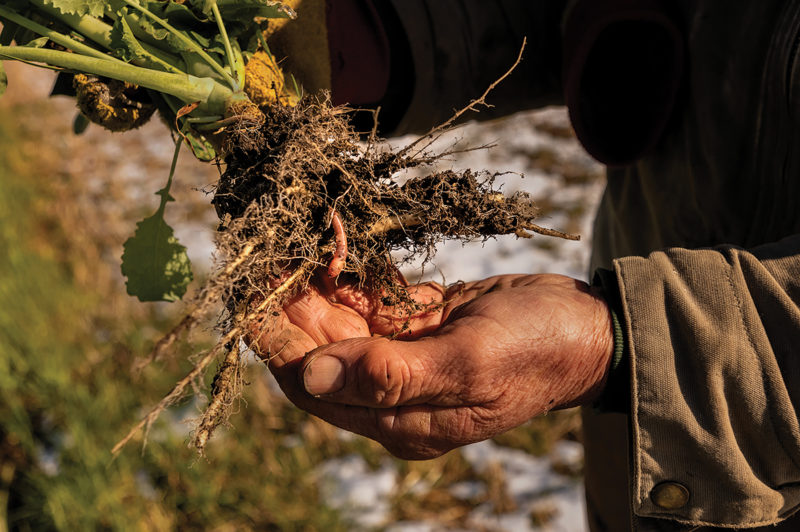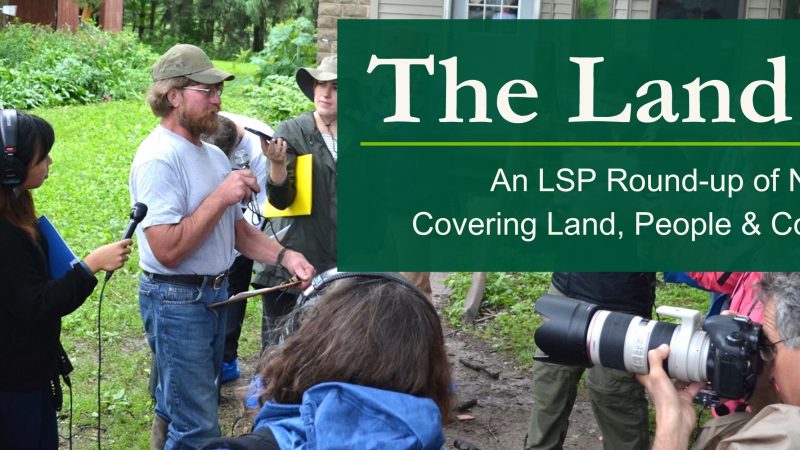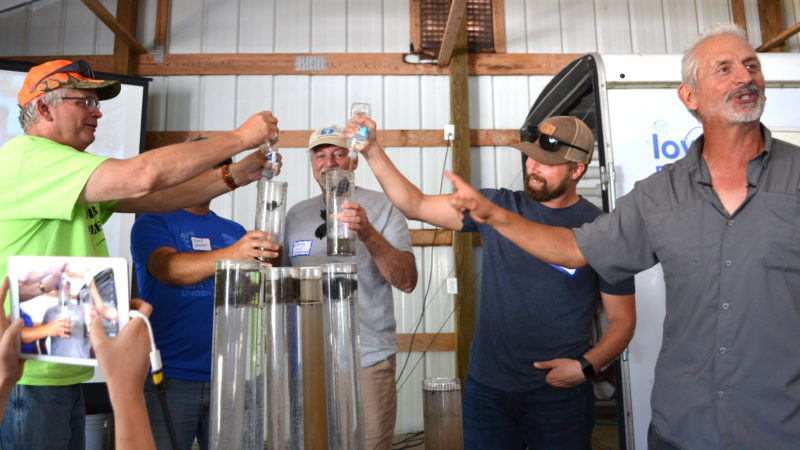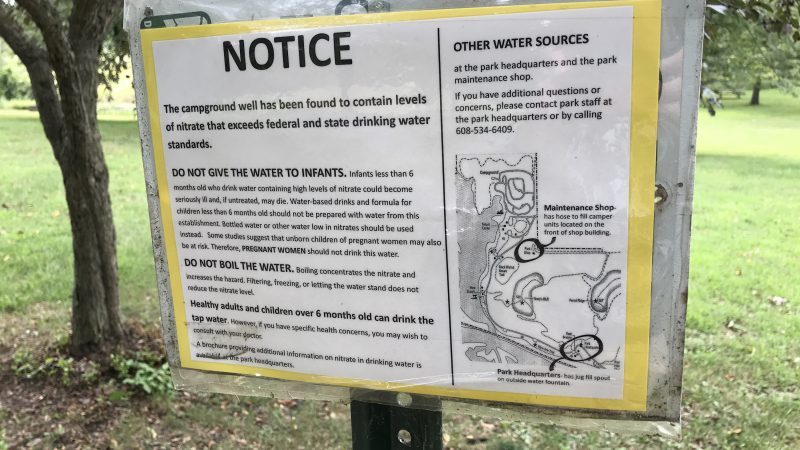When we steward healthy soil, we are cultivating vibrant and resilient rural, urban, and suburban communities and economies. We cultivate thriving and resilient land that soaks up rain and sequesters carbon, while fostering healthy ecosystems with clean water and a sustainable climate for microorganisms, wildlife, and people. Yet, farmers are facing compounding challenges of extreme weather, financial crises, and degrading topsoil. No matter where we live or what we look like, we depend on having a sustainable and just farm and food system — which requires public investment in farming that provides a public good.
Cutting-edge research is showing that one major public good regenerative farming can provide is that it can help in the battle to prevent catastrophic climate change while making our landscape more resilient in the face of impacts we are already seeing. For example, soil healthy practices that build organic carbon can help stabilize atmospheric carbon dioxide levels via the sequestration of greenhouse gases. And healthy soil is better able to manage and weather extreme weather events created by climate change.
At the local, state, and federal level, Land Stewardship Project members are organizing for landscape-scale investments in soil-healthy practices such as managed rotational grazing, no-till, perennial cropping, cover cropping, and diversified rotations. This means pushing for comprehensive state-level soil-healthy legislation, investing in the infrastructure needed to support soil-healthy farming practices, and creating federal policy that reflects our values.
 To get a sense of the work we are doing around creating public policy that helps build healthy, resilient soil, check out this recent blog on how LSP members worked successfully to create and implement the Minnesota Soil Health & Climate Campaign.
To get a sense of the work we are doing around creating public policy that helps build healthy, resilient soil, check out this recent blog on how LSP members worked successfully to create and implement the Minnesota Soil Health & Climate Campaign.


